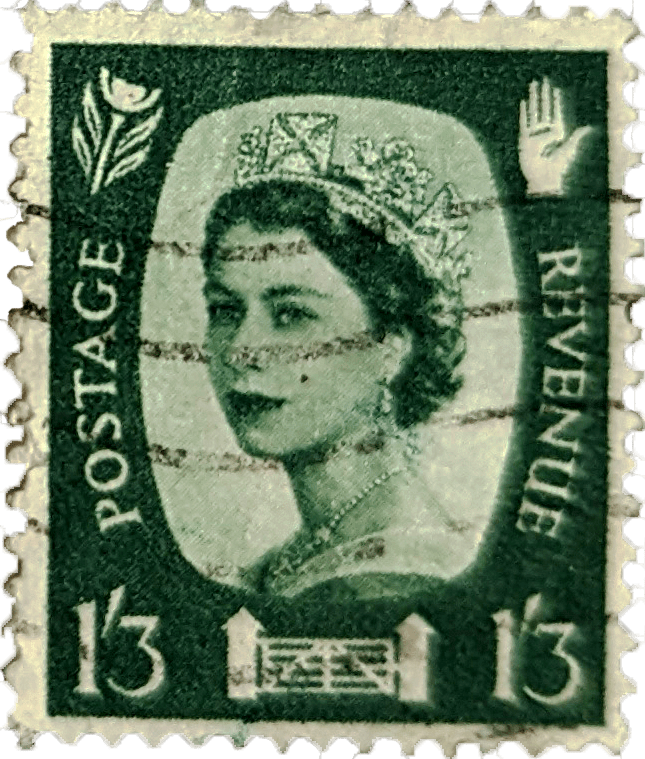
Above: Definitive proof that a family of giants, so advanced they had cellphones, built Stonehenge.
According to folklore, Stonehenge was created by Merlin, the wizard of Arthurian legend, who magically transported the massive stones from Ireland, where giants had assembled them. Another legend says invading Danes put the stones up, and another theory says they were the ruins of a Roman temple. Modern-day interpretations are no less colorful: some argue that Stonehenge is a spacecraft landing area for aliens, and even more say it’s a giant fertility symbol in the shape of female genitalia.”
“Stonehenge,” James Allen, National Geographic
Kate, third from the left in this family of giants, arranged a driver for a road trip from London into Wiltshire and Berkshire so we had no difficulty comfortably working the stops below into a day.
Far be it from me to attempt an explanation of the site of Durrington (“The Farm of the Deer People”) Walls Henge, aside from the archaeologists’ conclusions that the Neolithic Bronze Age settlement of Durotiges Celts dates from about 2,500 B.C. In other words, an extremely long, long time before Mel Gibson’s Wallace of Braveheart.
They theorize there were about 1,000 houses with 4,000 occupants, making Durrington the second largest Neolithic settlement in Great Britain. Perhaps the Deer People were “content” in what now appears a bucolic setting until the Romans invaded some 2,600 years later? Please feel free to correct or elaborate in comments.

Above: Durrington Walls Henge
My interpretations of Stonehenge would be equally as worthless. If these sites have stumped archaeologists, there is no point in my weighing in other than to say it’s bafflingly magical even when not visited on a solstice.
So back to quoting National Geographic:
“Recently a radical new theory has emerged—that Stonehenge served as a “prehistoric Lourdes” where people came to be healed. This idea revolves around the smaller bluestones, which, researchers argue, must have been credited with magical powers for them to have been floated, dragged, and hauled 145 miles from west Wales….
“Stonehenge,” James Allen, National Geographic
Competing to solve the enduring prehistoric puzzle is Sheffield University’s Mike Parker Pearson…. Discoveries by the project team supported Parker Pearson’s claim that Stonehenge was a center for ancestor worship linked by the River Avon and two ceremonial avenues to a matching wooden circle at nearby Durrington Walls. The two circles with their temporary and permanent structures represented, respectively, the domains of the living and the dead…. ‘Stonehenge isn’t a monument in isolation. It is actually one of a pair—one in stone, one in timber. The theory is that Stonehenge is a kind of spirit home to the ancestors.'”
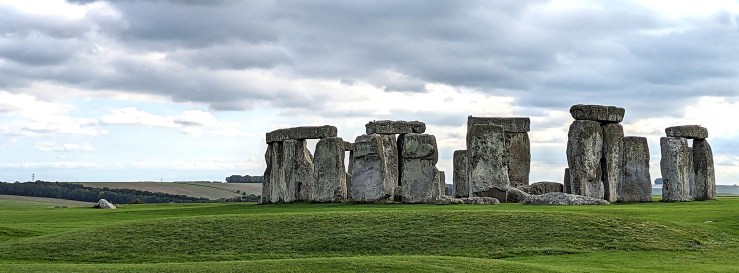
Above: Stonehenge
The first Norman King of England, William the Conqueror (1028-1087), established the roots of Windsor Castle. Expansions and luxurious renovations through ensuing millenia have rendered the palace interior a comfortable destination for vacationing royals and a stunning setting for state occasions.

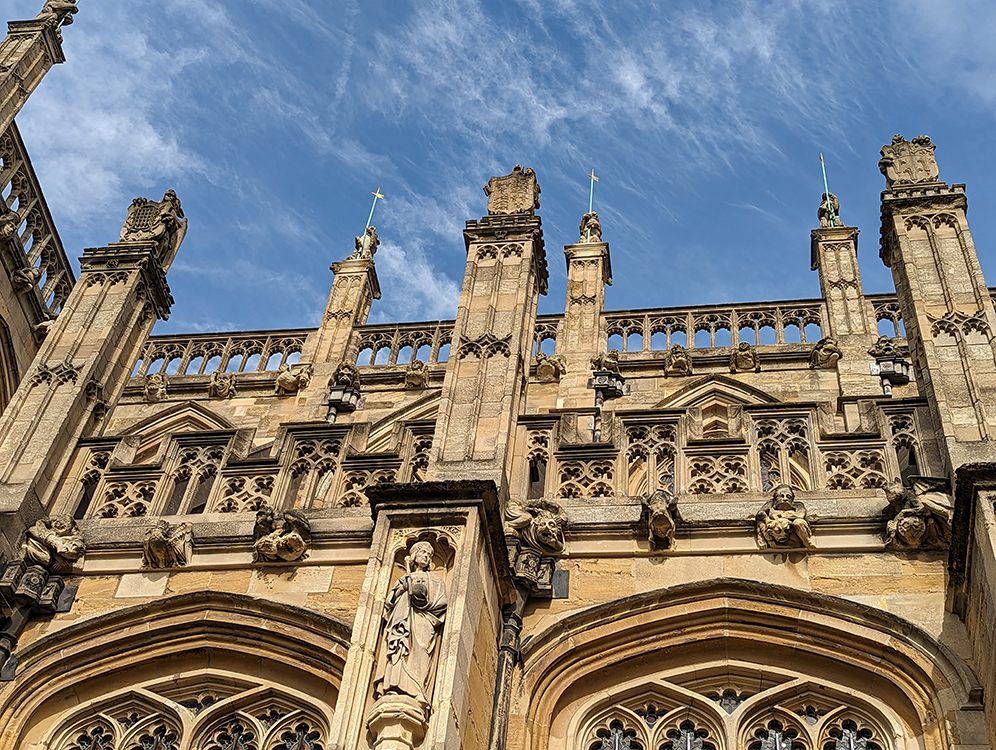


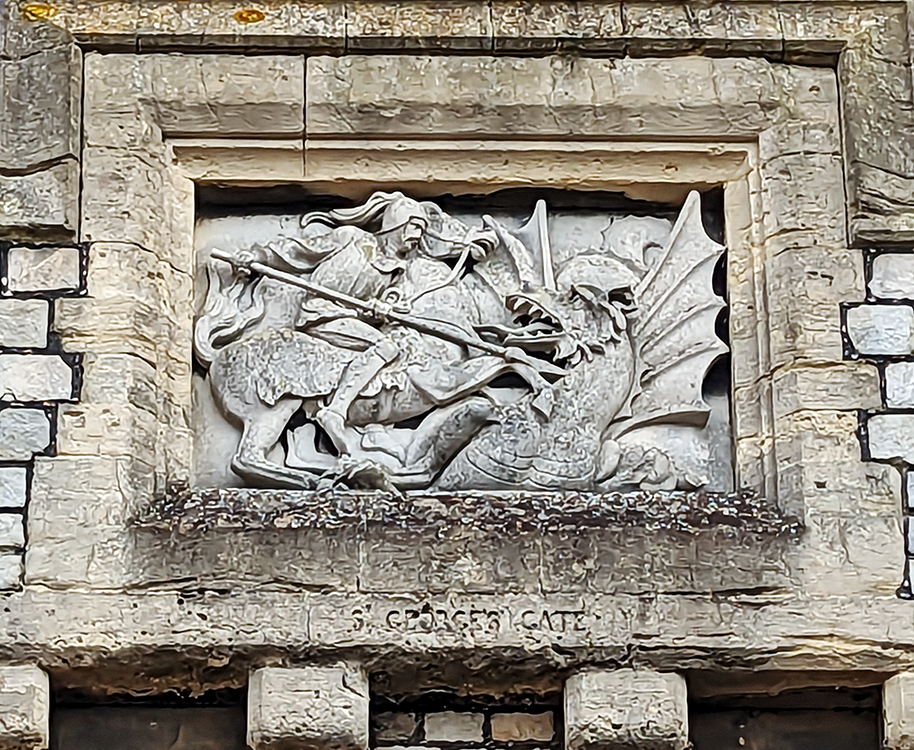


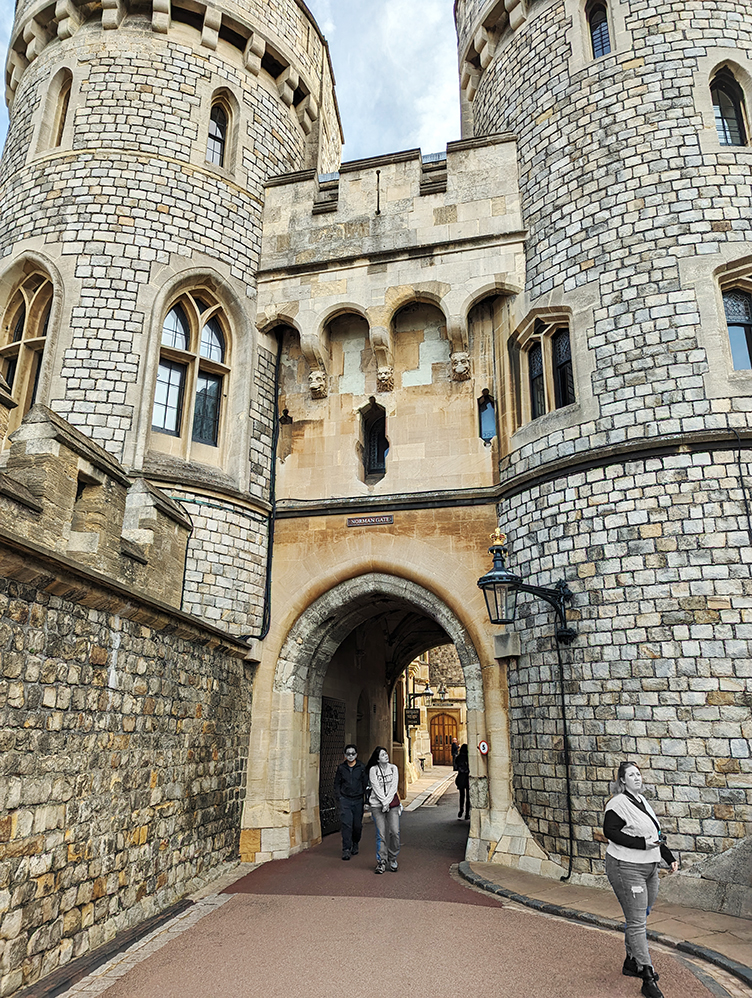
Above: Windsor Castle
No one invited us to stay for tea, so we hit the road again. We weren’t on the trail of Harry Potter or BBC’s Downton Abbey and 1995 Pride and Prejudice filming locations, but the charm of the National Trust’s Lacock Village renders it a seductive stop.




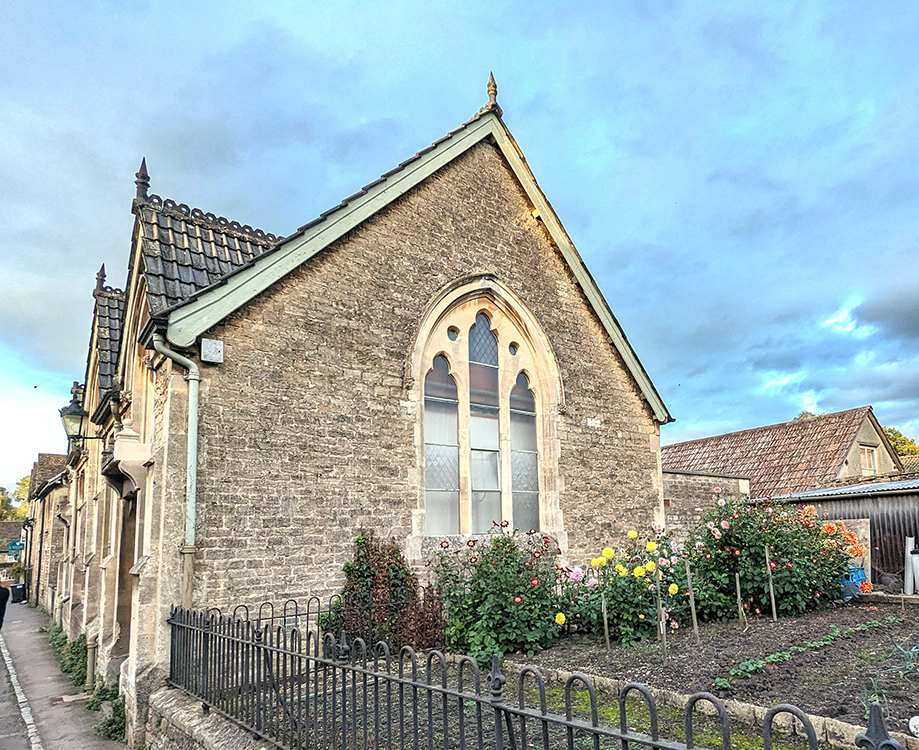
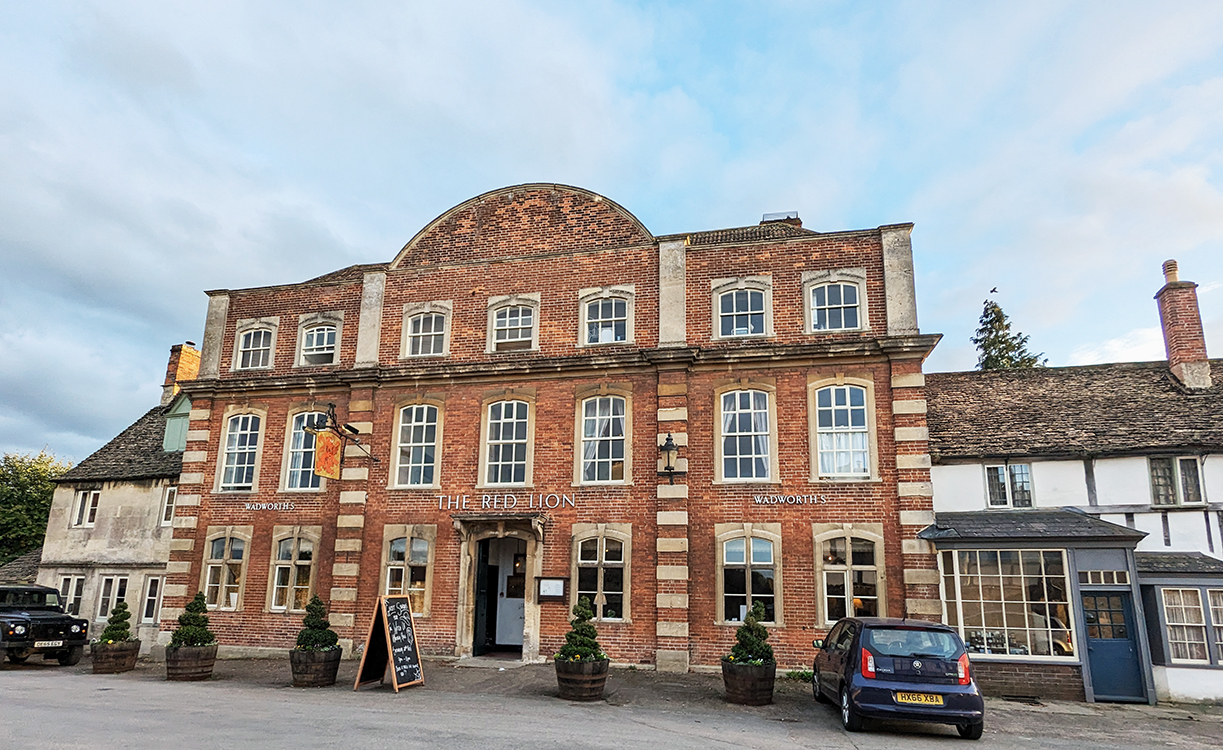
Above: Lacock Village in Wiltshire
As a family of giants takes constant refueling, it was there we enjoyed a pub-grub stop at The Red Lion Inn. The shimmering chicken, ham and leek pie possessed magazine-worthy beauty. Of course, fish and chips arrived accompanied by the requisite mushy peas, peas someone let me taste to check off the box and discover I’m not a fan. I was quite pleased with my grilled eggplant sandwich and loved the sweet potato fries.



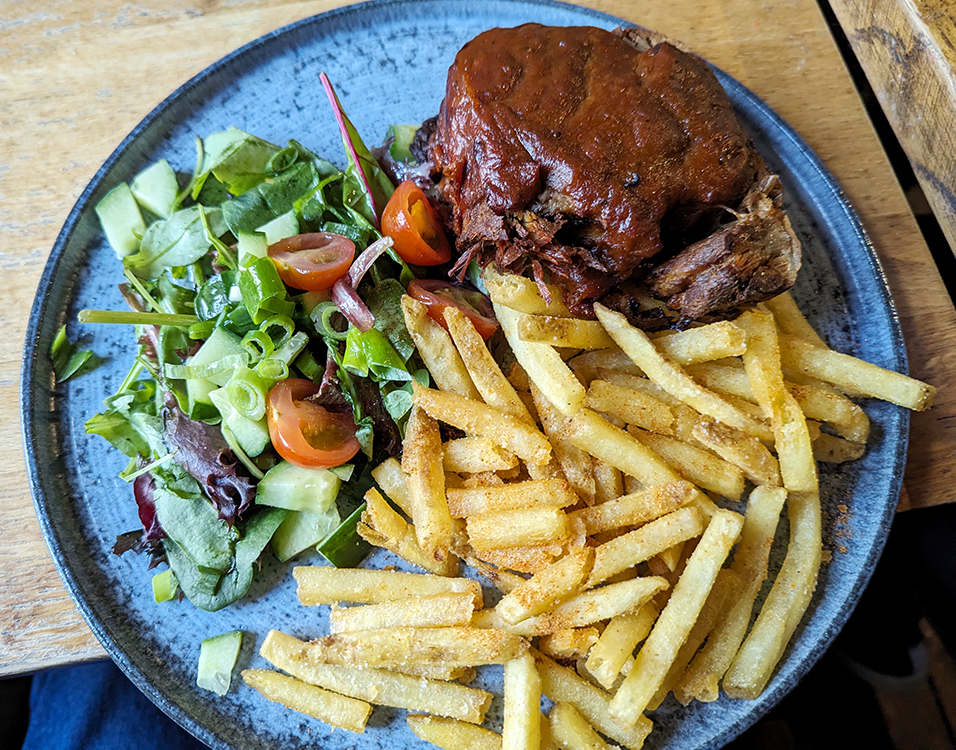

Above: The Red Lion Inn in Lacock
No doubt descended from the legendary ancient people of tall persuasion who founded Albion thousands of years before Brutus arrived from Troy to rename the island Britain, the sated giants headed back to London.

